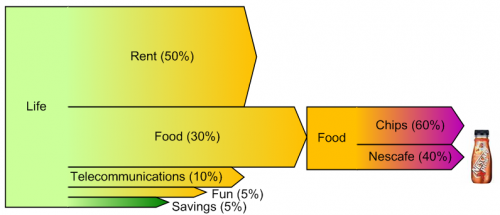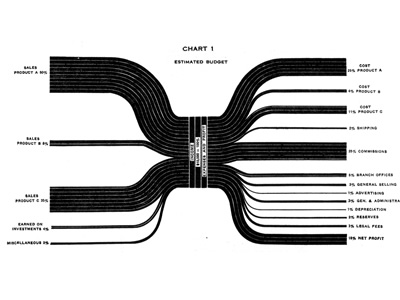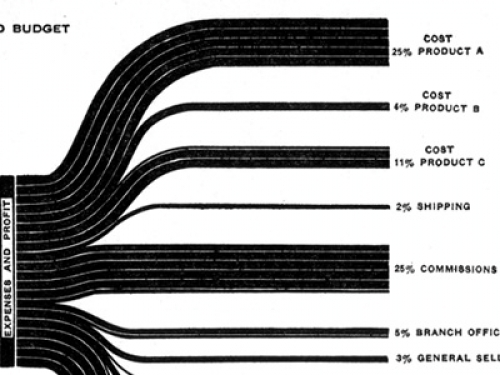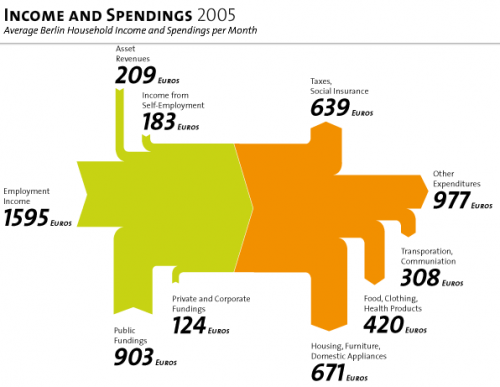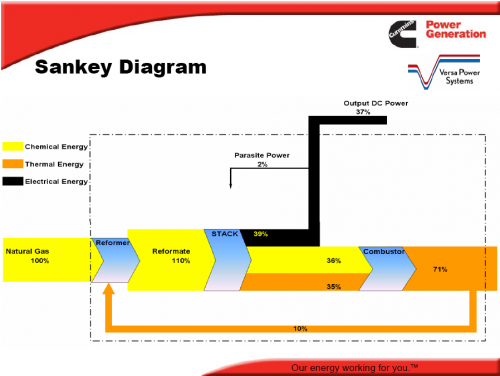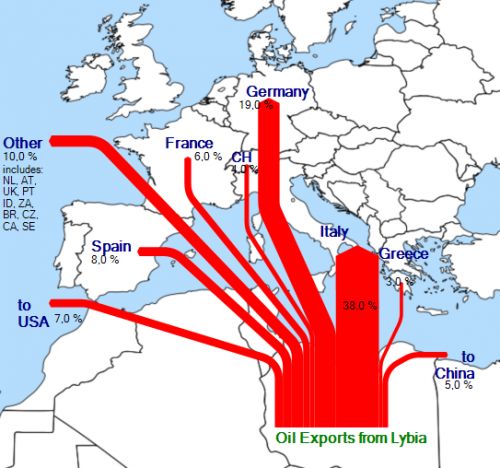A two-part article on ‘The Sankey Diagram in Energy and Material Flow Management’ was published in the Journal of Industrial Ecology (JIE). The author, Mario Schmidt is a professor at Pforzheim University in Germany. The first part focuses on the history of Sankey diagrams, while the second centers on ‘Methodology and Current Applications’.
Abstracts and links to the full articles are available at the publisher’s website.
Mario Schmidt (2008) The Sankey Diagram in Energy and Material Flow Management. Part I: History Journal of Industrial Ecology 12 (1) , 82–94 doi:10.1111/j.1530-9290.2008.00004.x
I am not a subscriber, but maybe someone with access to these publications wishes to post a summary comment.
